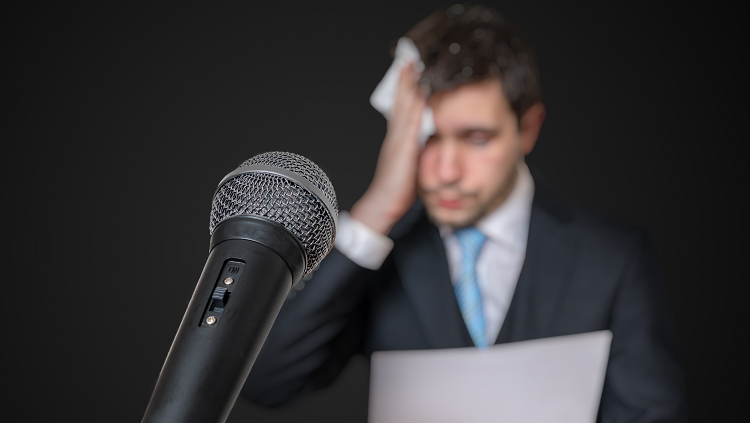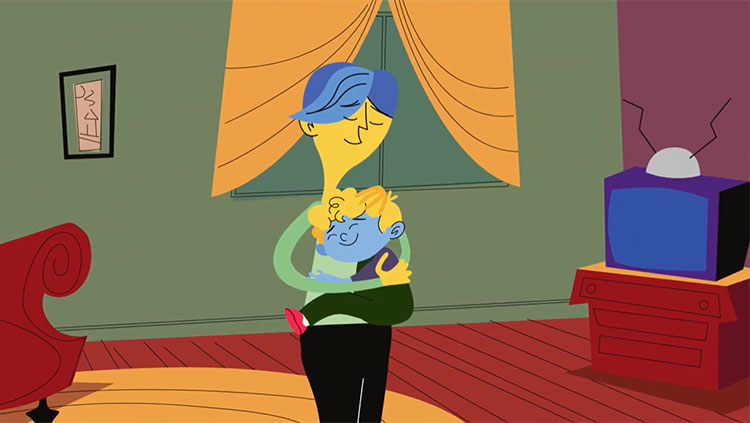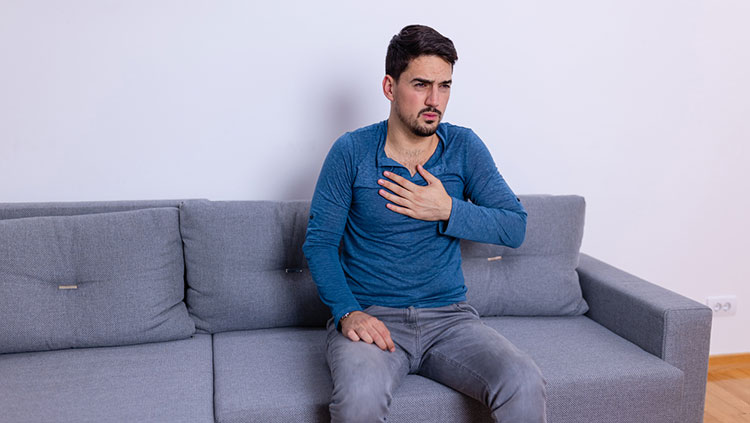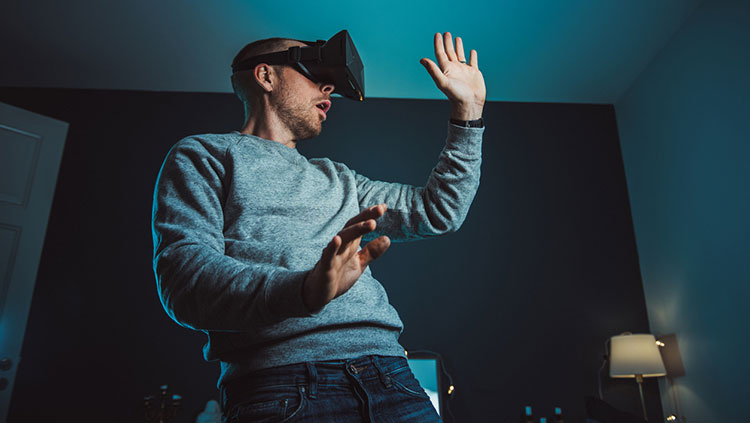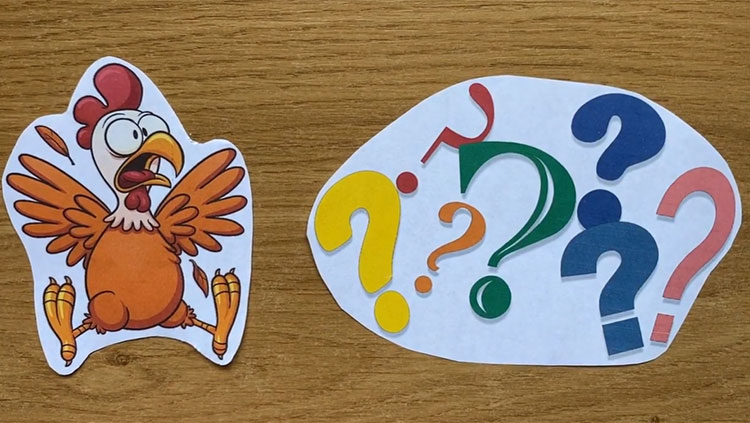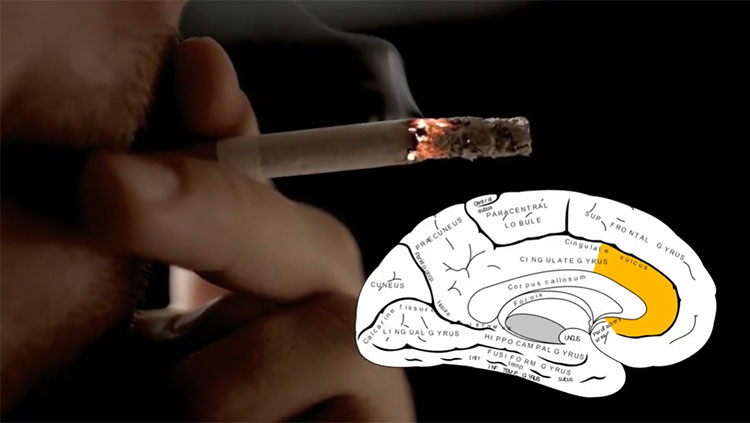What has made you feel afraid? An unknown shadow? An unfamiliar rustle? An unexpected tingle? These experiences build memories that inform your current circumstances. If you sense a threat, your body may activate its stress response, urging you to fight against, flee from, or freeze at the perceived risk. Afterward, you can form a new memory, influencing how you may react to similar dangers in the future.
Storyboard and animation produced by Midnight Snacks for BrainFacts.org.
Scripting by Chia-Yi Hou.
Editorial Production by Tristan Rivera and Juliet M. Beverly.
Scientific Review by Andrew S. Fox.
CONTENT PROVIDED BY
BrainFacts/SfN
Transcript
You open the door. [Creaking] A shadow [tapping] skitters across the floor. [Teeth chattering] Stopping in your tracks, freaked out and confused, [dun!] panic courses through your body as your brain assesses the danger.
Part of how you react [glistening] depends on the [shuffling] sensory information you take in and your [woosh] memories associated with the threat and situation. [Swish]
For example, [whistling] if you had a bad experience in the past with roaches, and you see one [fluttering], your brain might access those memories and initiate a response, [swish] compelling you to remain frozen. Or to smack [smack!] it with a newspaper.
Neuroscientists [woosh] think our fear responses are partially guided by the amygdala, where [glistening] visual and auditory information are processed and associated with past threats. [Whoop]
The amygdala can send a signal to a brain region called the hypothalamus, telling it to release cortisol [woosh], the stress hormone, which activates the sympathetic nervous system [whooshing] and signals the body to respond to the stressor.
This system [woosh] helps guide your fight [swords clank], flight [whoop], or [crackle] freeze responses, where you [plop] fight back against the threat, run away from it, or stop moving. [Whoop]
The amygdala and other pathways in your brain help form a memory based on this experience, potentially affecting how you react to a similar threat in the future. [Creaking] So, whether that shadow was real or not, [whoosh] you might be better prepared if it happens again.
[Light splash, swoosh, light splashing]
References
Hamann, S. (2011). Affective neuroscience: Amygdala's Role in Experiencing Fear. Current Biology, 21(2). https://doi.org/10.1016/j.cub.2010.12.007
Silverstein D. N., Ingvar M. (2015). A multi-pathway hypothesis for human visual fear signaling. Front Syst Neurosci, 9:101. https://doi.org/10.3389%2Ffnsys.2015.00101
What to Read Next
Also In Emotions, Stress & Anxiety
Trending
Popular articles on BrainFacts.org


